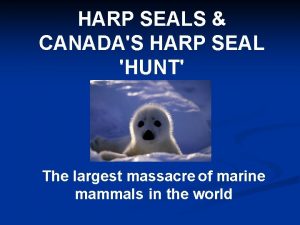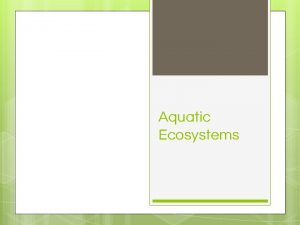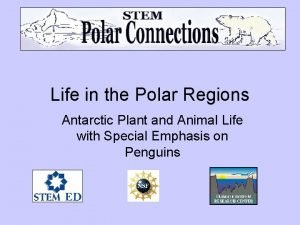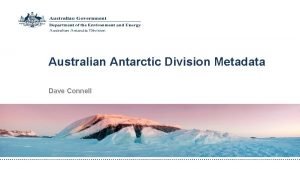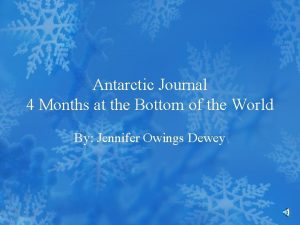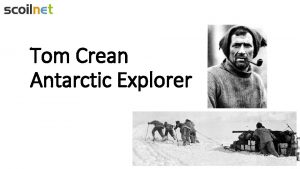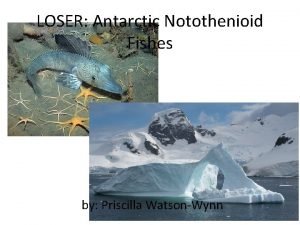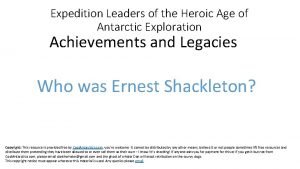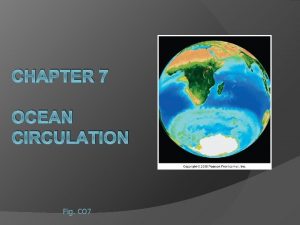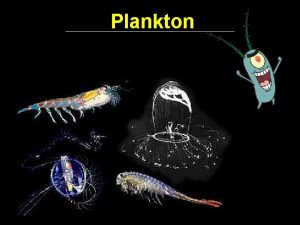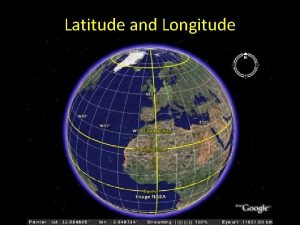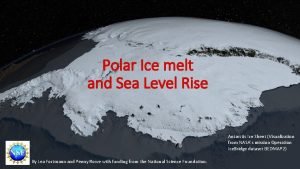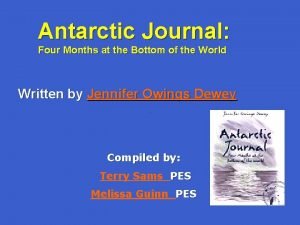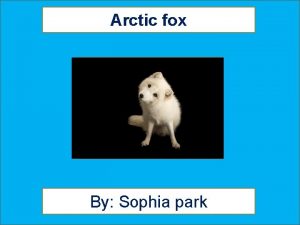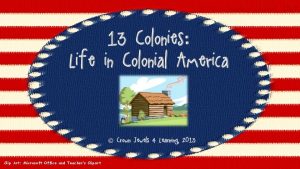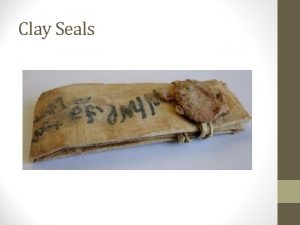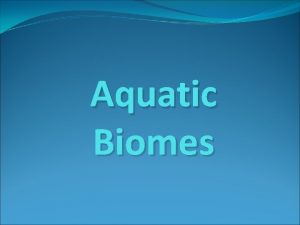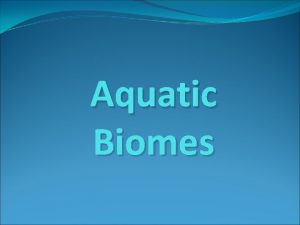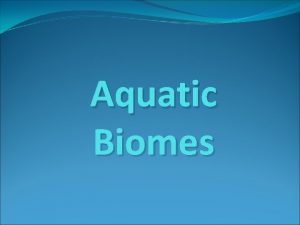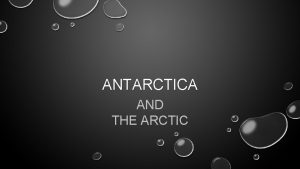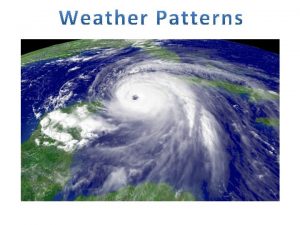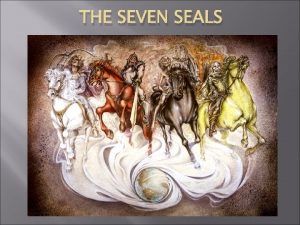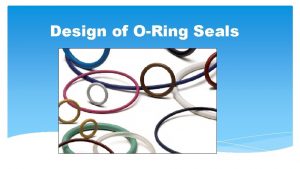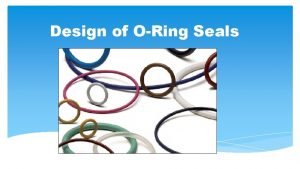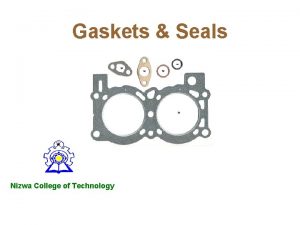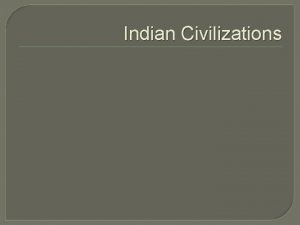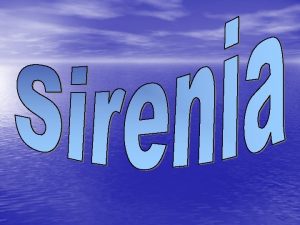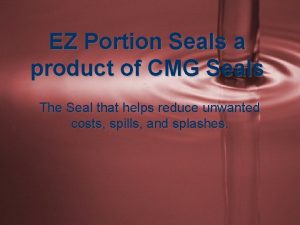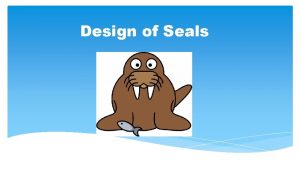AQUATIC LIFE Seals Cold Climate Arctic Antarctic Layer



















- Slides: 19

AQUATIC LIFE

Seals • Cold Climate: Arctic & Antarctic • Layer of fat: blubber • Whiskers: detect prey in dark water • Sleep in water but also like land • Eat aquatic animals • Leopard seals eat other species of seals

Octopus Blanket Octopus • Fast Learners • They can solve problems, as when they remove a plug or unscrew a lid to get prey from a container. • https: //www. youtube. com/watch? v=CYK 2 i 2 t. R 7 g. U • 3 hearts • Jet ink to confuse predators – dulls their sight and smell

Manatees • When swimming, needs air every 3 -4 mins • Shallow, slow moving water • Somersaults, rolls, swim upside down • Eat water grasses, weeds, algae • If their teeth fall out, grow new ones • Pirates used to think they were mermaids • Fresh water – algae • Salt water - barnacles

Can grow to be one ton! (Behemoth) Sea Turtles • Leatherback sea turtles can travel more than 10, 000 miles every year: • For sea turtles, home is where the heart is. When it's time to lay their eggs, female sea turtles return to the same nesting grounds where they were born • 1 hatchling in 1, 000 will live • https: //www. youtube. com/watch? v=t 1 k. Fieh Gh 9 s

Hippopotamus • • Name means: River Horse Found in: rivers, lakes, swamps Sweat a red oil that protects them from sun – myth blood One of the most dangerous animals in Africa

Starfish • No brain, no blood • Need salt water, not fresh • Can regenerate limbs – time Chocolate Chip Starfish

Great White Shark • No eyelids – roll eyes to protect • Can clear the water 2 meters • Born to fend for themselves • After a big meal – 3 months before need more

Seahorse • Eat almost all day long • Hold tails • Tails anchor them down • Bad swimmers • Eyes work separately – 1 front, one back • Crabs are their major threat

Dolphins • Carnivores • Blowhole on top of heads to breathe • Communicate by clicking and whistling • Very social – love humans & big groups

Platypus • Duck-billed, Beaver-like tail, lays eggs, has otter-like fur and webbed feet • No stomach (esophagus/small intestine) • Platypodes/platupuses • Only Australia Venom spur

Sea Otters • Built in pockets under arms • Teeth – strong enough to crunch clam shell • Eat 12 lbs of food a day – like us eating 37 pounds of food • One of only animals to use tools for food • Hold hands while sleeping so they don’t drift away from each other

A few more interesting facts: Seals love eating Octopus






Even land animals love the water sometimes, too!
 Harp seals life cycle
Harp seals life cycle The uppermost layer of an aquatic ecosystem
The uppermost layer of an aquatic ecosystem Antarctic pearlwort
Antarctic pearlwort Australian antarctic data centre
Australian antarctic data centre Journeys antarctic journal comprehension test
Journeys antarctic journal comprehension test Explore with tom
Explore with tom Antarctic circumpolar current
Antarctic circumpolar current Heroic age of antarctic exploration
Heroic age of antarctic exploration Antarctic circumpolar current
Antarctic circumpolar current What is planton
What is planton Main latitude
Main latitude Antarctic expedition
Antarctic expedition Antarctic toothfish price
Antarctic toothfish price Antarctic journal four months at the bottom of the world
Antarctic journal four months at the bottom of the world Arctic fox life cycle facts
Arctic fox life cycle facts Climate change 2014 mitigation of climate change
Climate change 2014 mitigation of climate change Which colonial region contained rocky soil and cold climate
Which colonial region contained rocky soil and cold climate Lesson 1 the cold war begins
Lesson 1 the cold war begins Fish thieves take rare seals
Fish thieves take rare seals Sog oil seal manufacturer
Sog oil seal manufacturer
